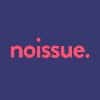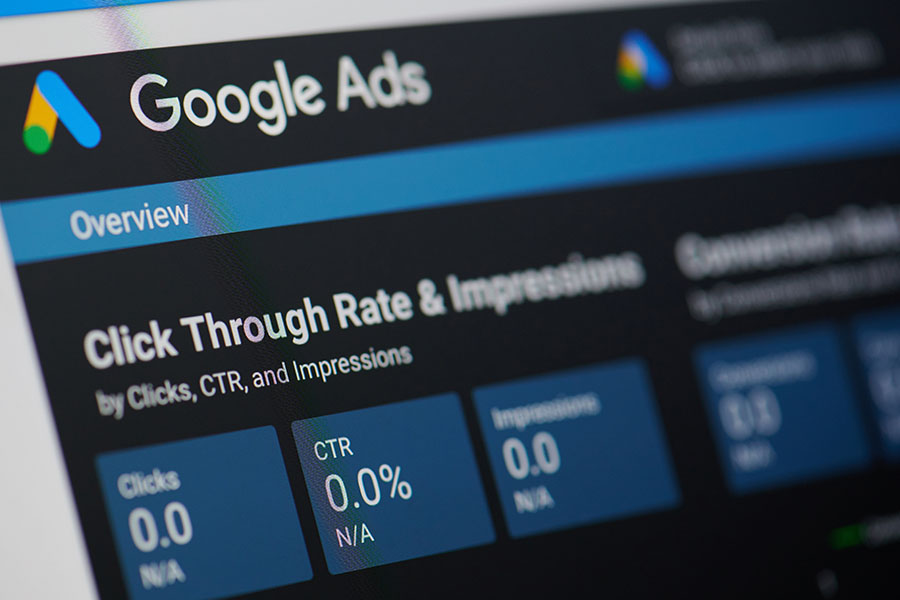Education & Credentials:
- Malayan Colleges Laguna, summa cum laude graduate of BA Broadcasting
- Brand & Content Marketing Certification, IE Business School via Coursera
Expertise:
- Online Marketing
- Content Writing
- Content Marketing
- Website Building
Highlights
- 5+ years content writing
- 3+ years marketing for startups and small businesses
Experience:
Audrey is always thrilled to help small businesses in their marketing efforts. She has spent the past five years doing content marketing, content writing, and video production for startups and small businesses around the globe. She’s passionate about helping small businesses grow their online brand presence through digital marketing.
Featured in:


Posts Written by Audrey
Discover more resources
for your business
Education & Credentials
- Malayan Colleges Laguna, summa cum laude graduate of BA Broadcasting
- Brand & Content Marketing Certification, IE Business School via Coursera



